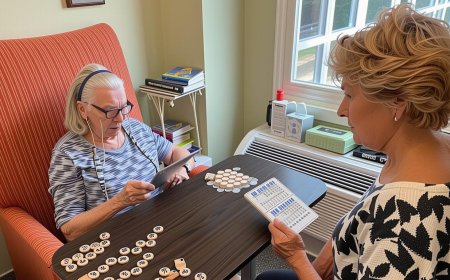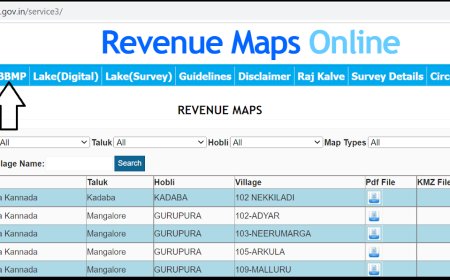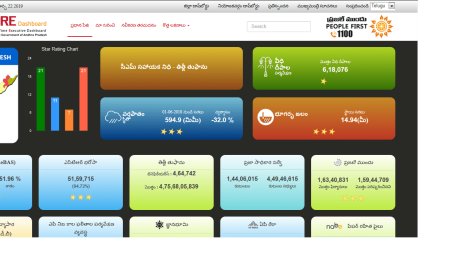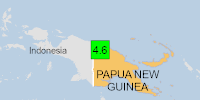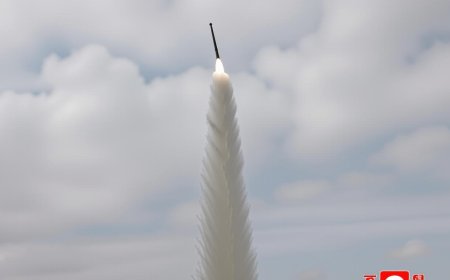October 2025’s Must-See Moments: Helio Highlights | TNNEWS
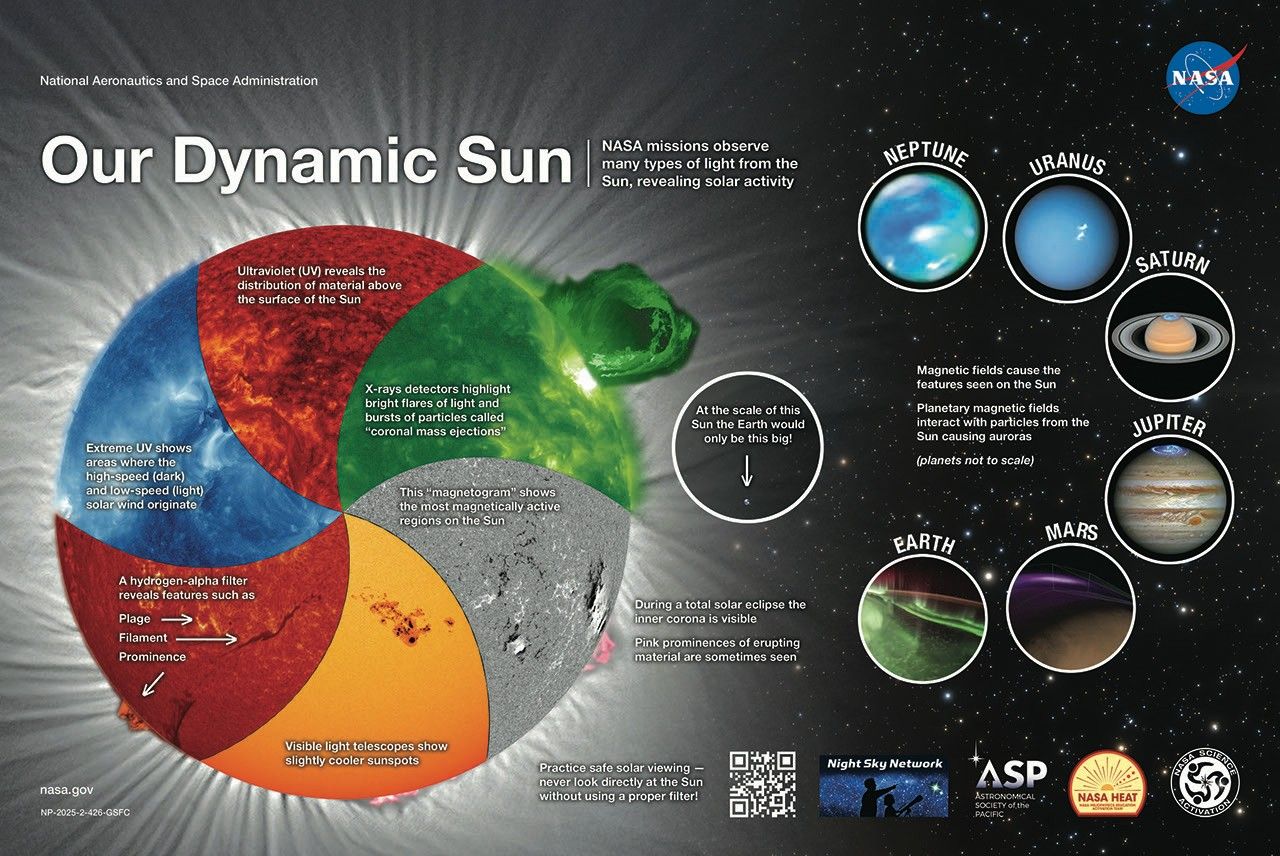

Exploring the Night Sky: A Journey Through Light Years
On a clear evening, the sky reveals a tapestry of stars, each a distant traveler from dozens to hundreds of light years away. A light year measures the distance light covers in a year, approximately 5.88 trillion miles (9.46 trillion kilometers). This means the starlight we see has journeyed for many years, traveling at a speed of about 186,000 miles per second (or roughly 300,000 kilometers per second) to reach us.
The Sun: Our Closest Star
During the day, our sky is dominated by a single star: the Sun. Situated about 93 million miles (150 million kilometers) away, this distance is known as one astronomical unit. Despite seeming vast, it’s significantly closer than Alpha Centauri, our next nearest star system, which is about 270,000 times farther away.
The Sun’s Immense Size and Influence
The Sun’s enormity is staggering, capable of containing over a million Earths within its volume and possessing a mass greater than 330,000 Earths combined. Its energy is vital for life on our planet, making it an essential part of our existence. Understanding the Sun’s role and its potential hazards is crucial for everyone.
Educational Initiatives: Bringing Sun Science to Students
As autumn arrives, students across the United States return to school, offering a prime opportunity to engage them with the wonders of our Sun. NASA’s efforts aim to educate both students and teachers about the Sun’s characteristics and its impact on our lives.
NASA’s Heliophysics Education Activation Team
NASA’s Heliophysics Education Activation Team (HEAT) is dedicated to teaching people of all ages about the Sun. From safe eclipse viewing to understanding geomagnetic storms, HEAT connects NASA scientists with educators to bring heliophysics into classrooms, aligning with K-12 standards.
Fostering Future Scientists: The Heliophysics Summer School
Since 2007, NASA’s Living With a Star program and the University Corporation for Atmospheric Research’s Cooperative Programs for the Advancement of Earth System Science (CPAESS) have collaborated to offer the Heliophysics Summer School. This initiative nurtures a new generation of researchers, encouraging cross-disciplinary communication early in their careers.
Engaging with Real-World Data
NASA HEAT is developing educational materials to involve students with real mission data. My NASA Data collaborates with HEAT to provide resources focused on space weather, including lesson plans, interactive activities, and comprehensive story maps for deeper exploration.
Citizen Science: A Community Effort
Citizen scientists play a crucial role in supporting scientific institutions. From tracking sunspots to reporting space weather effects, these enthusiasts contribute valuable data. Their passion for sharing knowledge extends beyond professional circles, reaching communities and inspiring others to explore heliophysics.
Inspiring the Next Generation
Whether through classroom activities, conferences, or online lectures, science communicators are vital in making discoveries accessible. Their work inspires future scientists and instills a sense of wonder in today’s citizen scientists. The Sun, a constant and magnificent presence, continues to inspire curiosity and exploration.
What's Your Reaction?
 Like
0
Like
0
 Dislike
0
Dislike
0
 Love
0
Love
0
 Funny
0
Funny
0
 Angry
0
Angry
0
 Sad
0
Sad
0
 Wow
0
Wow
0



